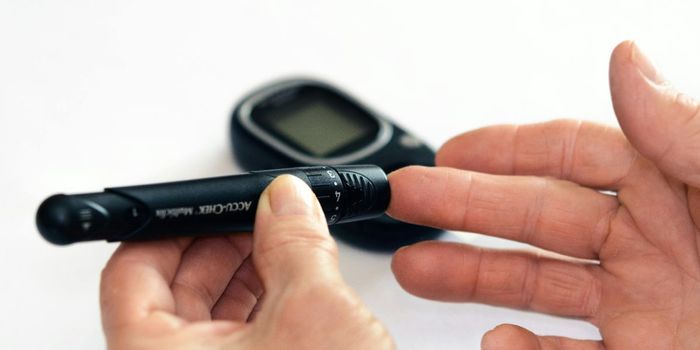Scientists have gifted navigational skills to blind rats by wiring them with a compass that sends electric signals to their brain when they're facing north or south. The advance helps shed light on how the brain processes sensory information and could lead to new technologies to help blind people navigate.
"This is an elegant paper and quite an accomplishment," says neuroscientist Shinsuke Shimojo of the California Institute of Technology in Pasadena.

To give the body the feeling of where you are in relationship to your environment-called an allocentric sense-your brain relies mostly on information from your eyes. Looking at a street corner in your neighborhood, you can probably quickly navigate back to your own house. Without vision, this becomes harder; blind individuals can rely on other senses-the smell of a nearby bakery or the sound of a passing train-but some locations lack these cues. Blind rats in a sterile maze, for instance, have trouble finding their way around even when they've been in the maze before.
Hiroaki Norimoto and Yuji Ikegaya of the University of Tokyo attached newly designed compass implants to the heads of blind rats to see if the rodents could learn to better navigate. When a rat's head faced within 20° of due north, the implant sent electrical pulses to the left side of the visual cortex. When the animal's head was south, the pulses were relayed to the right visual cortex.
The rodents couldn't feel the shocks like they would on the skin, Norimoto says, because the implant was directly stimulating brain activity. In human experiments, people whose visual cortex was electrically stimulated in this fashion reported that they saw a white dot. "Perhaps," he conjectured, "our rats perceived that the positions of these white dots represented their head directions."
However the rodents experienced the new brain activity, they quickly learned to put it to use, the researchers report online today in Current Biology. Within only 4 days of getting the implant, blind rats were taking the correct path through a maze to find hidden food 80% of the time. When the compasses were removed, the animals lost their way again-suggesting that they hadn't just memorized a route, but were using the directional information to navigate.
Norimoto says the results demonstrate the brain's impressive capacity for taking advantage of new sensory information. "I expect that humans can expand their senses through artificial sensors, including those that convey geomagnetism, ultraviolet rays, radioactive rays, humidity, pheromones, ultrasonic sound, or radio waves." For now, he plans to keep studying direction-installing compasses in canes that give the user directional feedback, for example, could give blind people a better allocentric sense.
Although Shimojo says the new device is a leap forward in neuroengineering, he questions whether the rats truly gained a new sense. "This could have been a different type of cued association or learning," he says. The rats could have learned, for example, that if they got the north-facing signal they should turn right to find food, and they were facing south they should turn left. That's different, Shimojo says, from knowing you need to go east and using the compass cues to find east. In either case, the rodents were indeed using the information from the implant, but exactly how that information was being processed by the brain could be different.
(Source: Science magazine)









